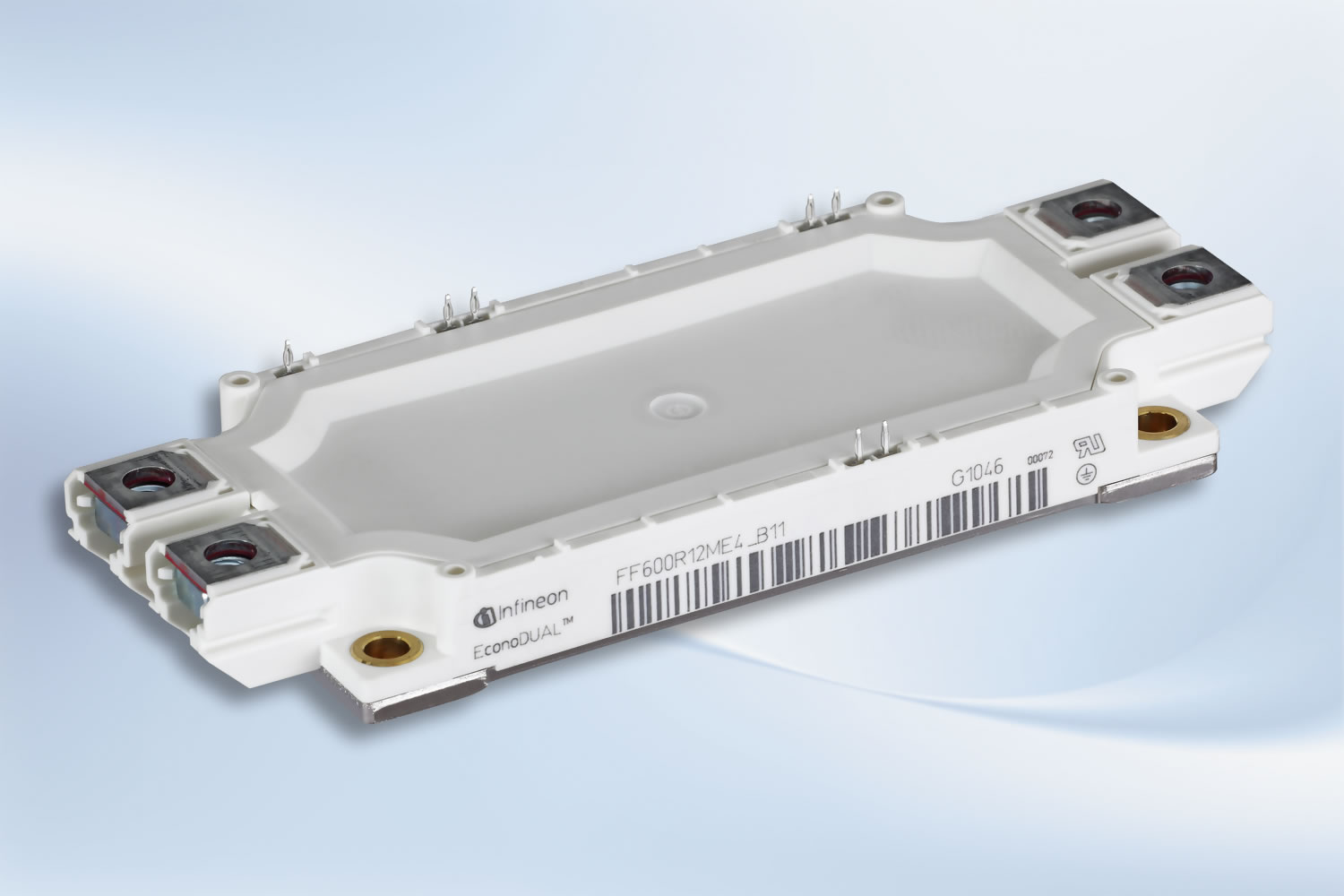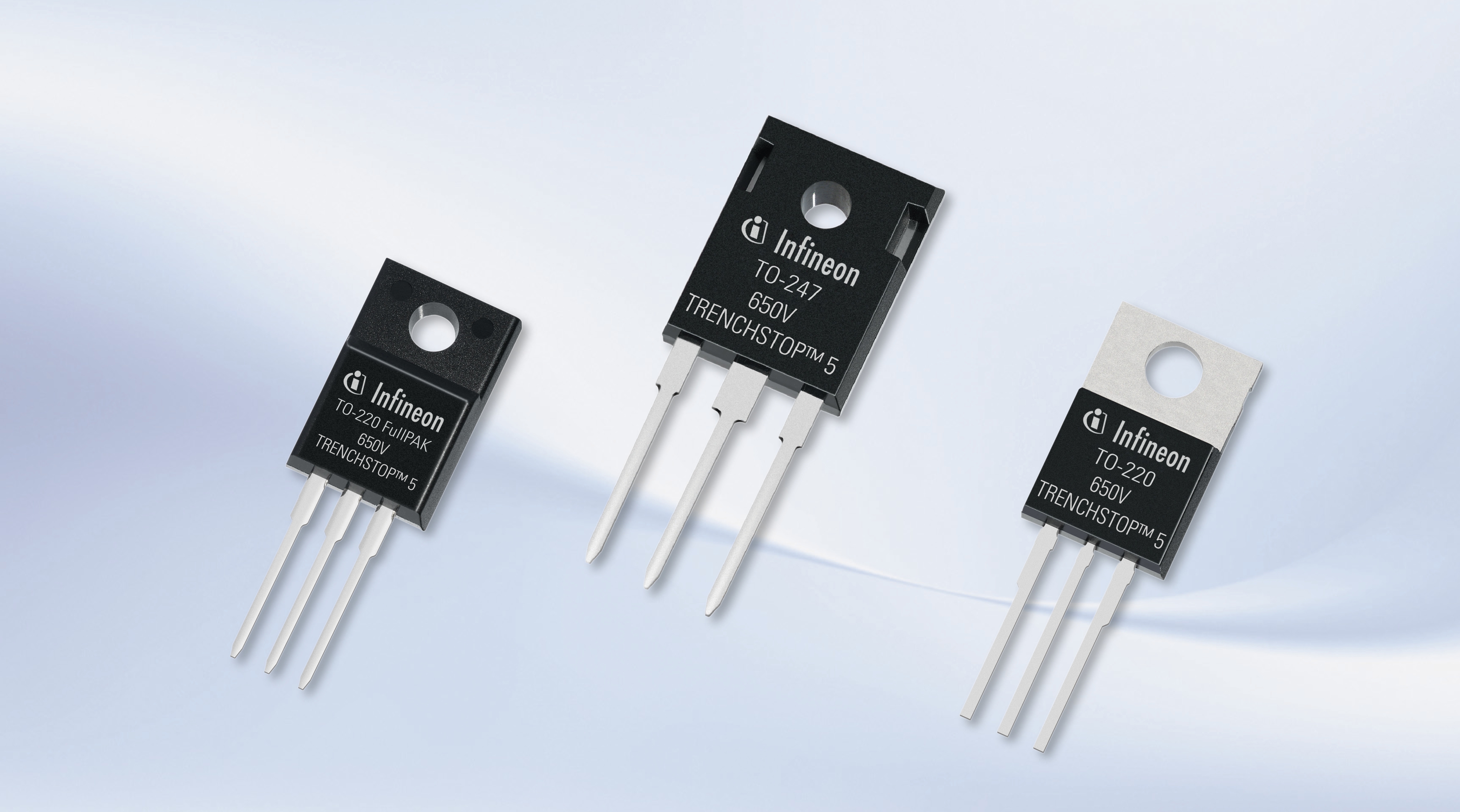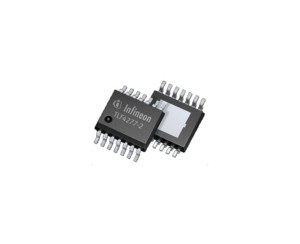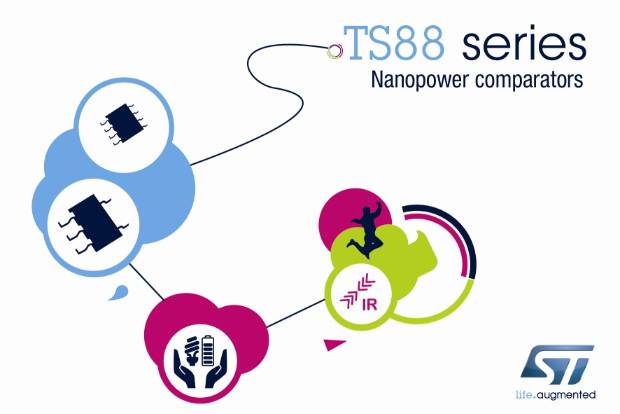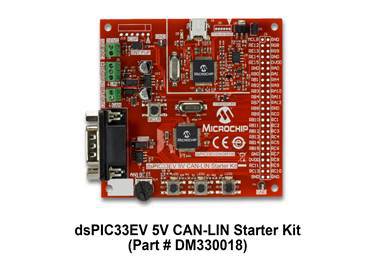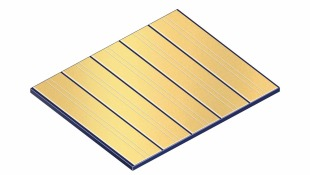Transient Voltage Suppressors
Transient Voltage Suppressors are devices used to protect vulnerable circuits from electrical overstress such as that caused by electrostatic discharge, inductive load switching and induced lightning. Within TVS, damaging voltage spikes are limited by clamping or avalanche action of a rugged silicon pn junction which reduces the amplitude of the transient to a non-destructive level.
In a circuit, the TVS should be “invisible” until a transient appears. Electrical parameters such as breakdown voltage (VBR), standby (leakage) current (ID), and capacitance should have no effect on normal circuit performance.
The TVS breakdown voltage is usually 10% above the reverse standoff voltage (VR), which approximates the circuit operating voltage to limit standby current and to allow for variations in VBR caused by the temperature coefficient of the TVS. When a transient occurs, the TVS clamps instantly to limit the spike voltage to a safe level, called the clamping voltage (VC), while conducting potentially damaging current away from the protected component.


